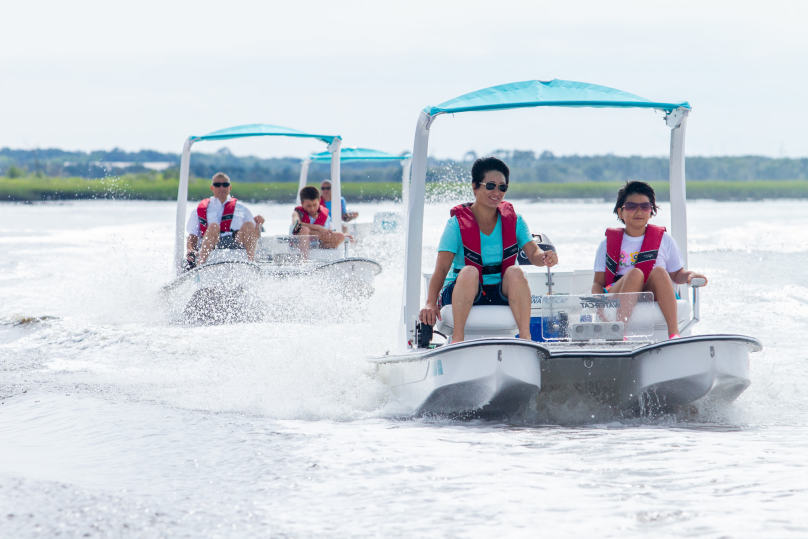
St. Johns County, Florida, is a hidden gem that offers a perfect blend of history, culture, and natural beauty. Nestled along the northeastern coast of Florida, this region is home to the nation’s oldest city, St. Augustine, where cobblestone streets and centuries-old architecture transport visitors back in time. For those looking to explore the scenic coastline, consider renting an e-bike and discovering the area’s pristine beaches and charming neighborhoods at your own pace. Whether you’re a history buff, a nature lover, or simply in search of a relaxing getaway, St. Johns County has something for everyone.
St. Johns County, Florida, is a hidden gem that offers a perfect blend of history, culture, and natural beauty. Nestled along the northeastern coast of Florida, this region is home to the nation’s oldest city, St. Augustine, where cobblestone streets and centuries-old architecture transport visitors back in time. For those looking to explore the scenic coastline, consider renting an e-bike and discovering the area’s pristine beaches and charming neighborhoods at your own pace. Whether you’re a history buff, a nature lover, or simply in search of a relaxing getaway, St. Johns County has something for everyone.





















